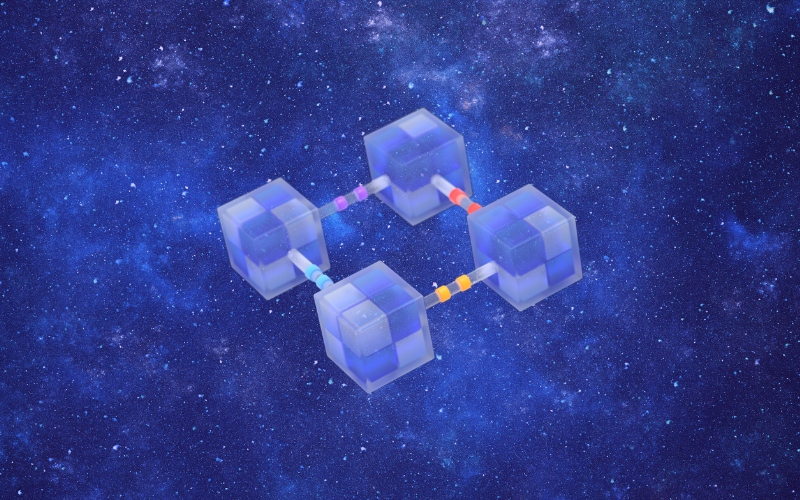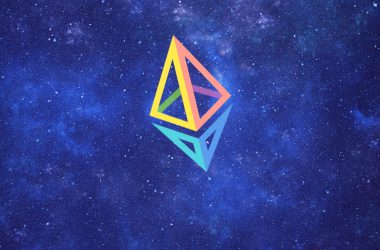Building apps for mass adoption in 2023 means giving access to all major blockchains, and especially to the Ethereum ecosystem. Compatibility and cross-chain transactions are necessary for tokens, as well as for NFT that may be listed on multiple marketplaces. Cross-chain tools also contribute to potential security problems and are one of the challenges for Web3 in 2023.
Play2Moon previewed the current tools for the most common cross-chain events, which are now used in gaming, Web3 apps, DeFi, GameFi and other features.
Cross-Chain Oracles: Gaining Reliable Data
Blockchains can carry rich data about pricing, liquidity and decentralized trading. Cross-chain oracles may be key for GameFi and DeFi protocols, which function on different networks. Price action for tokens can be uneven, and oracles that are fast enough are needed for fair trading and pricing of assets.
ChainLink remains one of the central sources of multi-chain and cross-chain oracle pricing and other data.
Other startups like Gelato Network also offer gas-free, off-chain oracle data, which is also highly accurate. The task of cross-chain oracles is to be linked to smart contracts, which can then move both data and assets between two networks. Precise and fast oracles are needed for assets like wrapped ETH or even BTC.
Cross-Chain Bridges: Still Needed for Multi-Chain Projects
Bridges are an early, simple way to move assets between chains. Two major drawbacks include the need for each user to deposit assets, while paying transaction fees and often waiting for hours. Bridging is also not always available for all projects, or there are disproportionate fees in one direction.
Bridges are still in use for some projects, where movement between specific networks is required. Alchemy, one of the top Web3 resources, has compiled a list of the most widely used bridges in 2023. Among them are older bridges like Wormhole, as well as services like Rubic, which can connect more than a dozen blockchains. Bridges cover the most widely used blockchains, including Ethereum, Avalanche, Arbitrum, Polygon, Solana, and more.
To simplify bridging, some projects are also including the service into wallets, to avoid an extra step in moving assets.
Bridges can also be accessed by apps, so the movement of funds across chains can happen in the background, without asking the player or user for extra steps. Similar partnerships are happening between wallets and bridges, as in the case of OKX Wallet and Celer Bridge.
Cross-Chain NFT Market: Flexibility in Trading
NFT trading usually happened within the context of a single ecosystem, initially just Ethereum. OpenSea, the leading marketplace, also used Ethereum as its starting point. But as more NFT are appearing, the possibility for multi-chain trading is increasing.
With multi-chain wallets and NFT, users will not need to support multiple accounts. Cross-chain NFT tools are also appearing during this phase of Web3 growth. Products like ApexSwap have appeared, mixing the concept of a DEX with NFT trading, thus injecting liquidity into collections.
AppDupe is one of the providers of Web3 tools to built a multi-chain marketplace, suitable for any enterprise. Cross-chain NFT marketplaces such as Agoran started appearing in the past year, and are still a relatively new addition to connectivity in Web3.
Cross-Chain GameFi, DeFi and Stablecoins
One of the key needs for bridging is to move liquidity between GameFi and DeFi protocols. The usage of stablecoins also requires cross-chain movements of funds, as those tokens can exist on multiple networks.
With increased demand, products like RelayChain offer a tool to move tokens between networks. Similar to bridges, RelayChain offers a user-facing product to link between multiple combinations of networks.
Liquidity is also a matter of finding data and supporting the protocols that have favorable trading conditions. Axelar is one of the services involved in cross-chain data and liquidity tracking.
Additionally, Axelar is following the trend of joining a larger selection of blockchains and offering native cross-chain tokens and tools for token minting.
Integration and single-entry points is also a trend in cross-chain Web3 communication. Beyond simple bridges, projects like Connext are trying to create a comprehensive protocol to connect all established L1 and L2 networks.
Connext Network also directly invites Web3 developers to build applications with native cross-chain capabilities.
Web3 games are also often using native networks for speed and low fees, but try to have an outlet to a larger network for access to DEX and trading. Beyond subnets, the ability to move assets between chains is key to the growth and integration of Web3. Potential use cases also include cross-compatible NFT, staking, governance or special events for multiple NFT and game communities.










